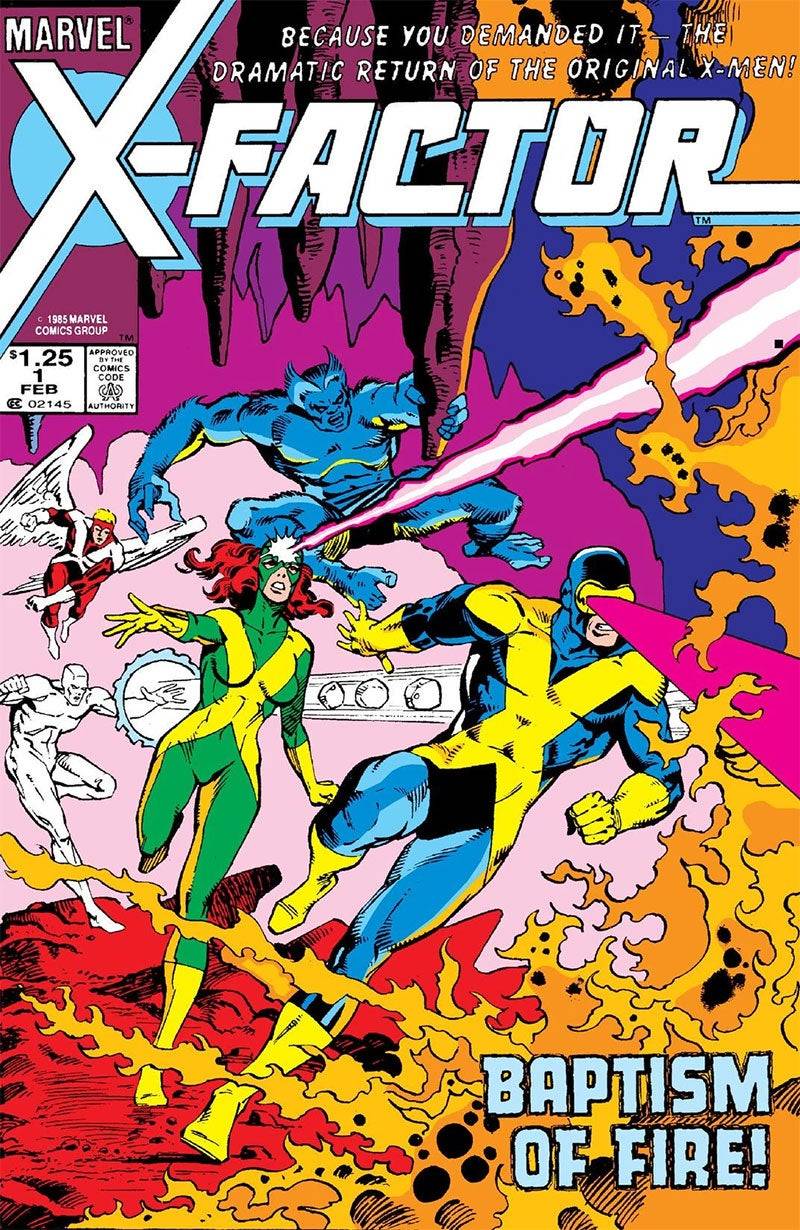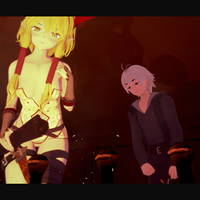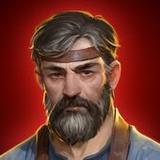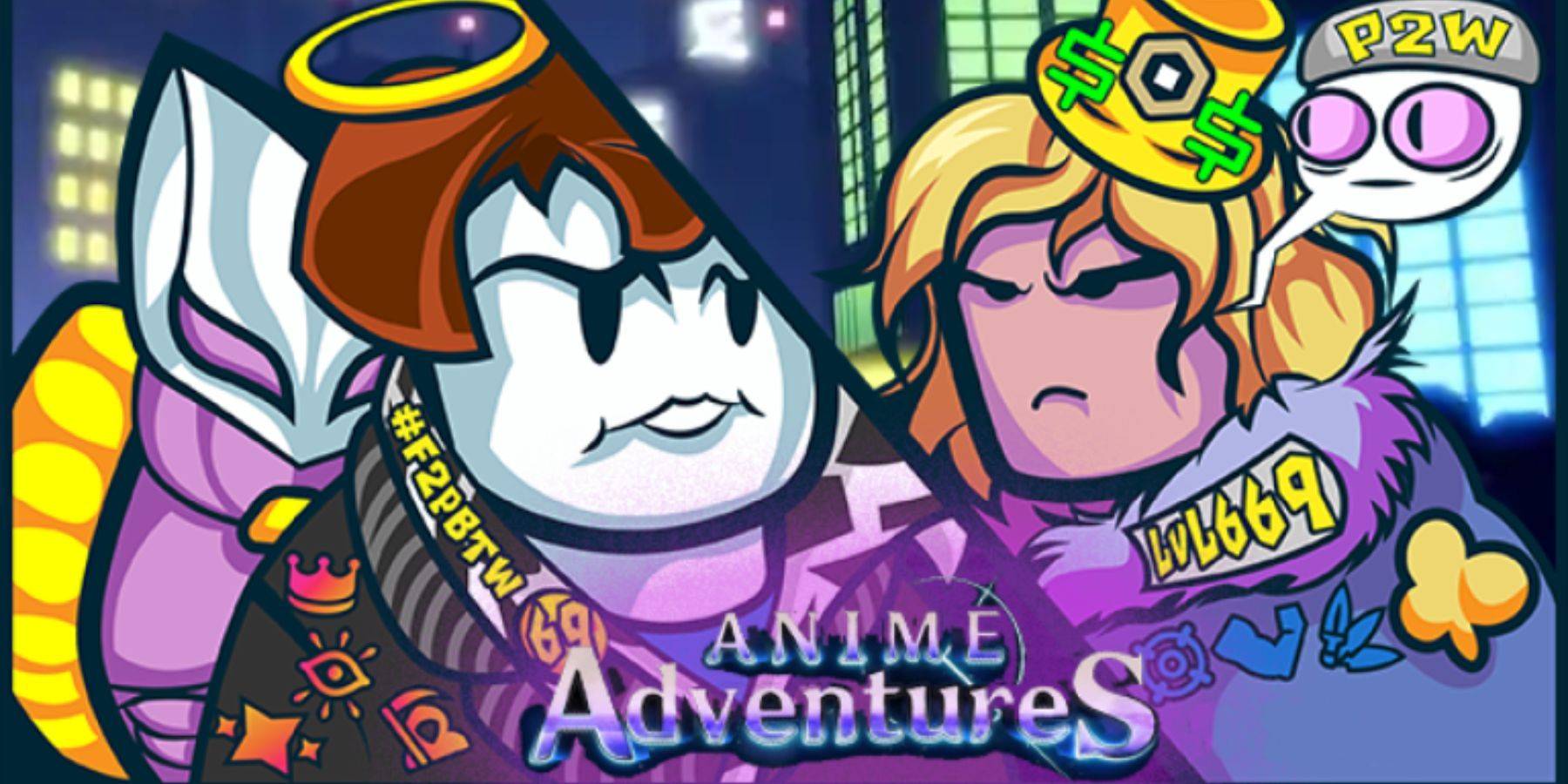Frank Miller's Return to Daredevil: Born Again
The mid-1980s marked a golden era for Marvel Comics, both creatively and financially. Having overcome the financial struggles of the late '70s, thanks to the success of Star Wars, Marvel was poised to revolutionize the comic industry with the launch of 1984's Secret Wars. This groundbreaking series had far-reaching effects on the Marvel Universe and the entire comic book industry, setting new courses for its iconic characters.
This period also saw the emergence of other legendary narratives such as Frank Miller's Born Again arc in Daredevil, the return of Jean Grey in X-Factor, and Walt Simonson's Surtur Saga in Thor, among others. In this article, we delve into these pivotal stories and other significant events from this era. Welcome to Part 8 of our journey through the essential issues of Marvel!
More Essential Marvel
1961-1963 - The Birth of a Universe
1964-1965 - The Sentinels Are Born and Cap Dethaws
1966-1969 - How Galactus Changed Marvel Forever
1970-1973 - The Night Gwen Stacy Died
1974-1976 - The Punisher Begins His War on Crime
1977-1979 - Star Wars Saves Marvel From Bankruptcy
1980-1982 - Did the Dark Phoenix Saga Usher in the Greatest Decade for Marvel?
Frank Miller's Born Again and Walt Simonson's Surtur Saga
For truly acclaimed storylines from this era, look no further than Born Again. Frank Miller returned to writing Daredevil for this arc, which spanned Daredevil #227-233, and is often hailed as the definitive Daredevil story. The plot kicks off with a devastating twist: Karen Page, struggling with addiction, sells Daredevil's secret identity for heroin, which eventually reaches the Kingpin. He uses this information to systematically dismantle Matt Murdock's life, leaving him homeless, jobless, and isolated. At his lowest point, Matt is saved by his mother, a nun named Maggie.
Matt's painstaking journey back to becoming Daredevil, juxtaposed with Kingpin's descent into fanaticism, crafts a narrative masterpiece. This story inspired Season 3 of Netflix's Daredevil series and will influence the upcoming Disney+ revival titled Daredevil: Born Again.
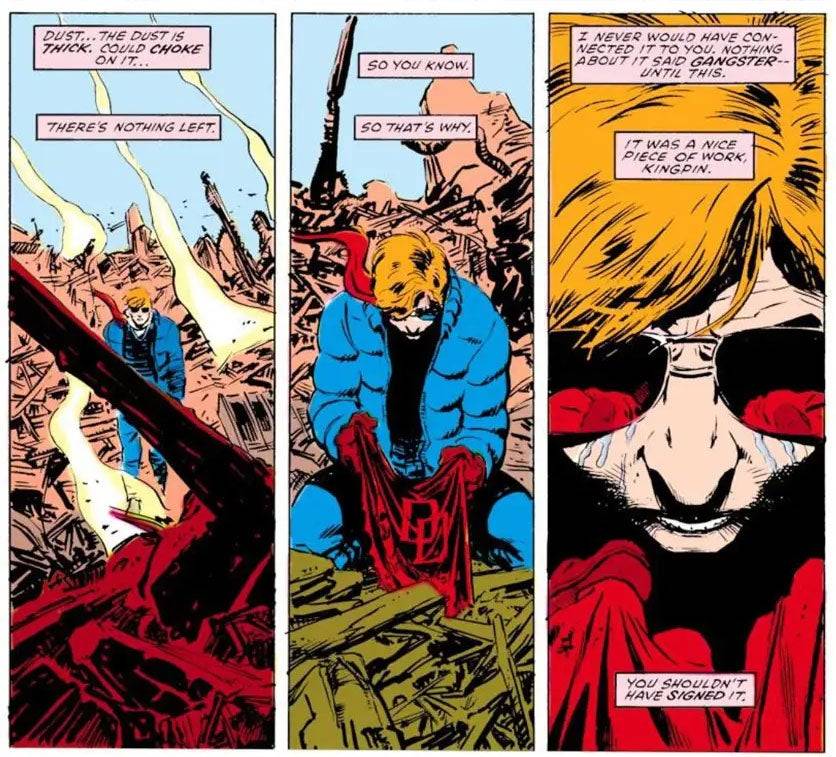
Simultaneously, Walt Simonson took over the creative reins of Thor starting with issue #337 in 1983, introducing Beta Ray Bill, an alien worthy of wielding Mjolnir. Simonson revitalized Thor's series with a mythical flair and delivered the epic Surtur Saga from #340-353. In this saga, the fire demon Surtur, ruler of Muspelheim, aims to trigger Ragnarok using the Twilight Sword. He dispatches Malekith the Accursed to distract Thor while he forges the sword. The climax features Thor, Loki, and Odin united against Surtur in a spectacular battle. Elements of this saga were later adapted into the films Thor: The Dark World and Thor: Ragnarok.
Secret Wars Changes Comics Forever
As we covered in Part 4 of this series, the 1973 Avengers/Defenders War set the stage for the event crossovers that would become a staple for both Marvel and DC. The full realization of this concept came with the 1984 release of Secret Wars, a 12-issue miniseries spearheaded by then Editor-in-Chief Jim Shooter, with Mike Zeck and Bob Layton on art duties. Conceived as part of a marketing deal with Mattel, Secret Wars saw the Beyonder, a cosmic entity, transport numerous Marvel heroes and villains to Battleworld to determine the supremacy of good versus evil. The series, while popular for its large-scale battles and universe-altering effects, is often critiqued for its lack of depth and inconsistent character portrayals. However, its monumental impact on the comic industry cannot be overstated, leading to a sequel, Secret Wars II, and influencing the event-driven publishing model that DC and Marvel adopted for years to follow.
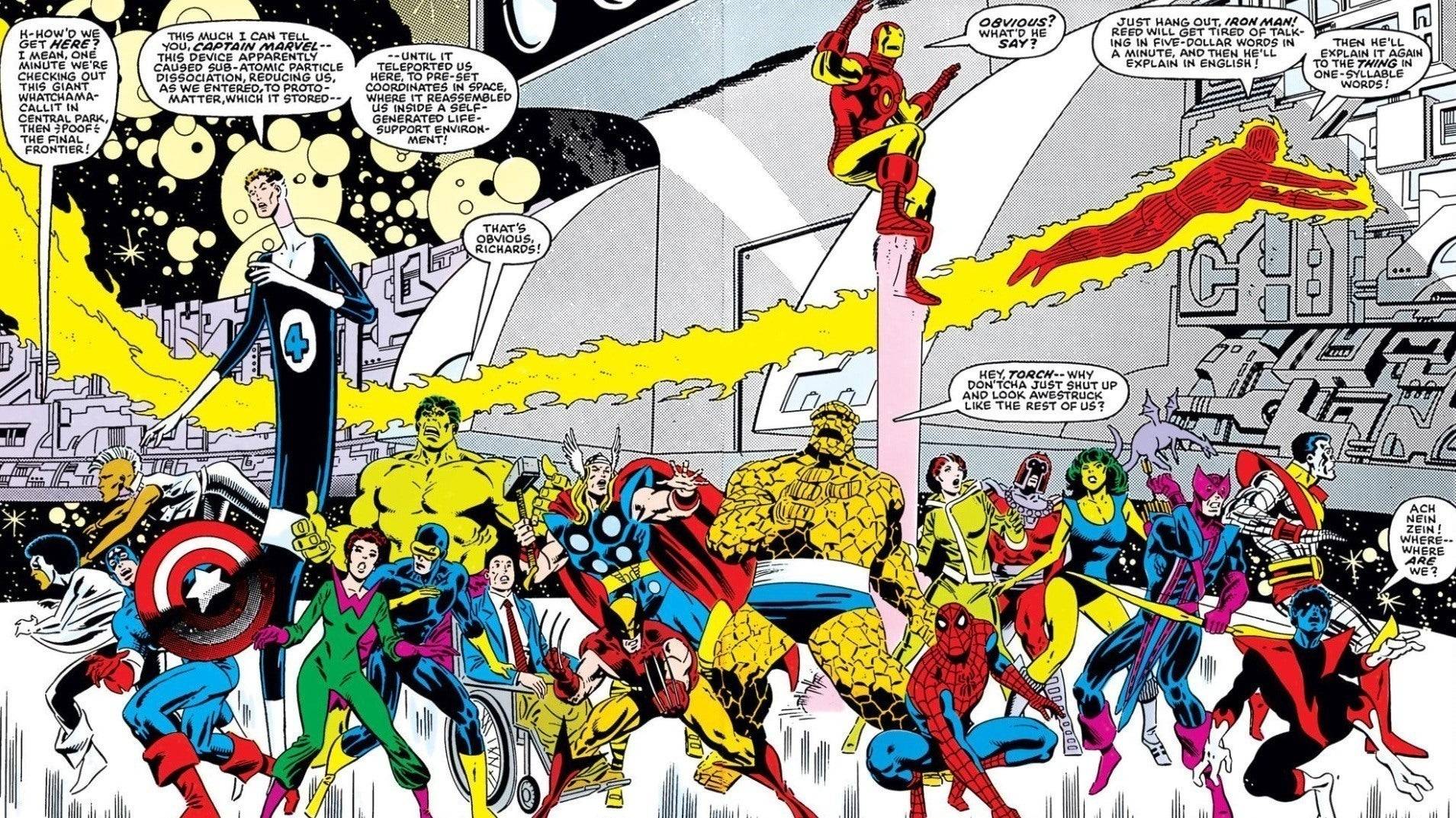
Spider-Man’s Symbiote Suit and Other Iconic Spidey Stories
Following the foundational runs by Stan Lee and Gerry Conway, Roger Stern took the helm of Amazing Spider-Man starting with issue #224, revitalizing the series. Stern's most notable contribution was the introduction of the Hobgoblin in Amazing #238, who quickly became one of Spider-Man's most formidable adversaries. Although Stern's initial run on the Hobgoblin saga was cut short due to editorial issues, he later returned to resolve the villain's identity in the 1997 miniseries Spider-Man: Hobgoblin Lives.
Simultaneously, Amazing Spider-Man #252 introduced Spider-Man's iconic black symbiote costume, which debuted during the Secret Wars event. This subplot eventually led to the emergence of Venom, one of Spider-Man's most popular foes. The black costume saga has been adapted across various media, including Sam Raimi’s Spider-Man 3, multiple animated series, and Insomniac's Spider-Man 2.
Another significant Spider-Man story from this era was The Death of Jean DeWolff in Spectacular Spider-Man #107-110, penned by Peter David and illustrated by Rich Buckler. This dark tale sees Spider-Man hunting the Sin-Eater, who killed his ally Jean DeWolff, while also clashing with Daredevil over justice and vengeance.
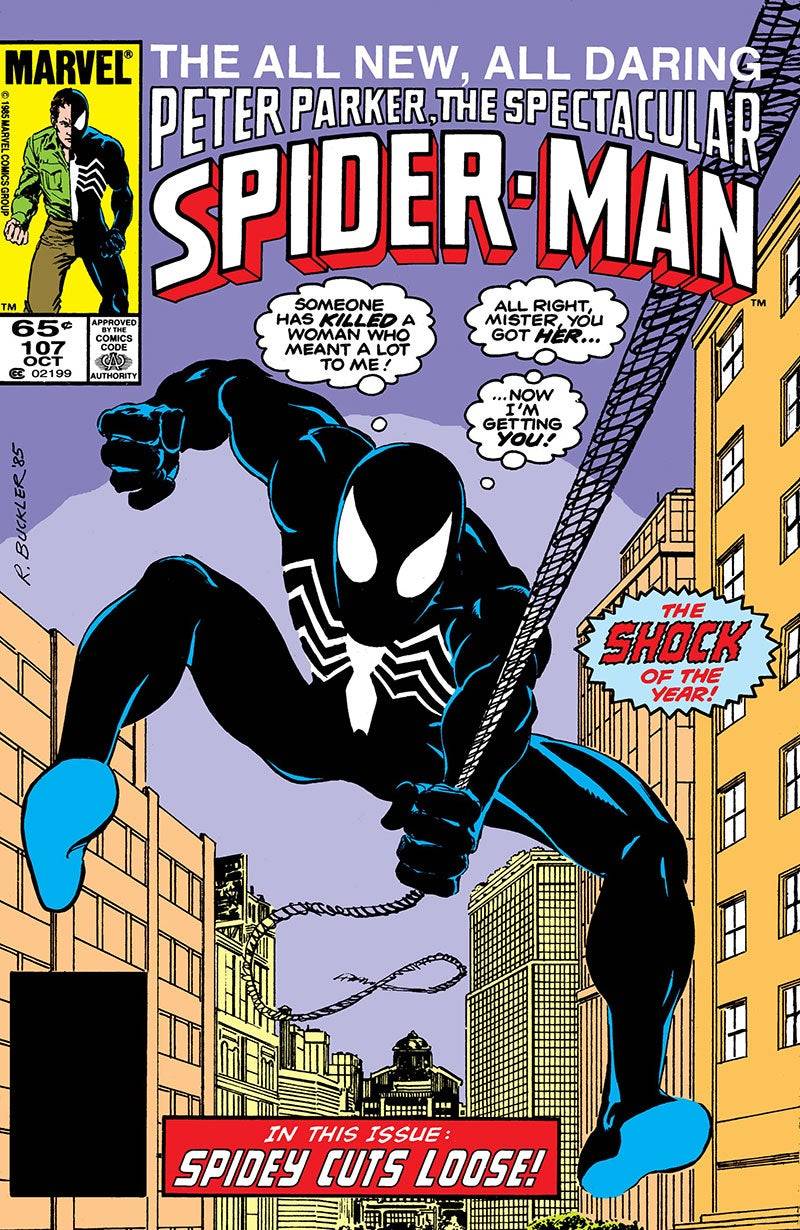
Jean Grey Returns, the Rise of Apocalypse, and Other Mutant Landmarks
The mutant universe also saw significant developments during the mid-1980s. Vision and the Scarlet Witch #4 finally confirmed Magneto as the father of Quicksilver and Scarlet Witch, a plot point teased earlier in Avengers #186. X-Men #171 marked Rogue's transition from villain to hero, joining the X-Men and becoming a fan-favorite character. Similarly, X-Men #200 depicted Magneto's trial and subsequent leadership of Xavier's School, a storyline adapted in X-Men '97.
The most impactful mutant stories of this period were the resurrection of Jean Grey and the introduction of Apocalypse. Jean Grey's return was chronicled in Avengers #263 and Fantastic Four #286, with her memory of the Phoenix saga erased. She later reunited with the original X-Men to form X-Factor. In X-Factor #5-6, Apocalypse, an ancient mutant empowered by Celestial technology, made his debut, becoming a central antagonist in the X-Men mythos and a recurring figure in various media.
